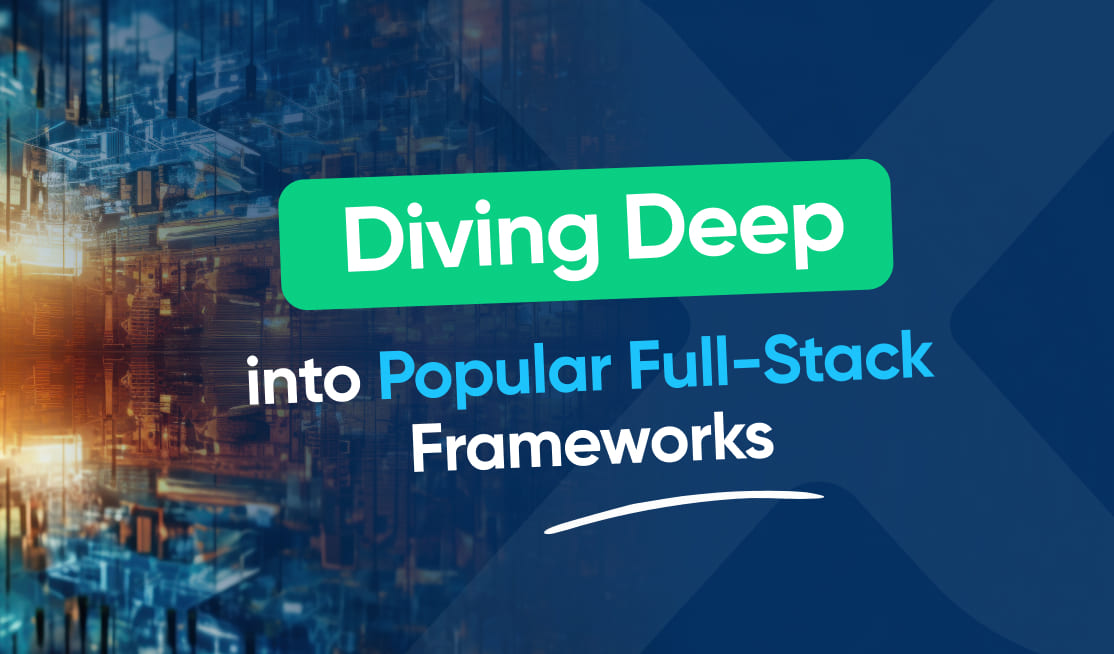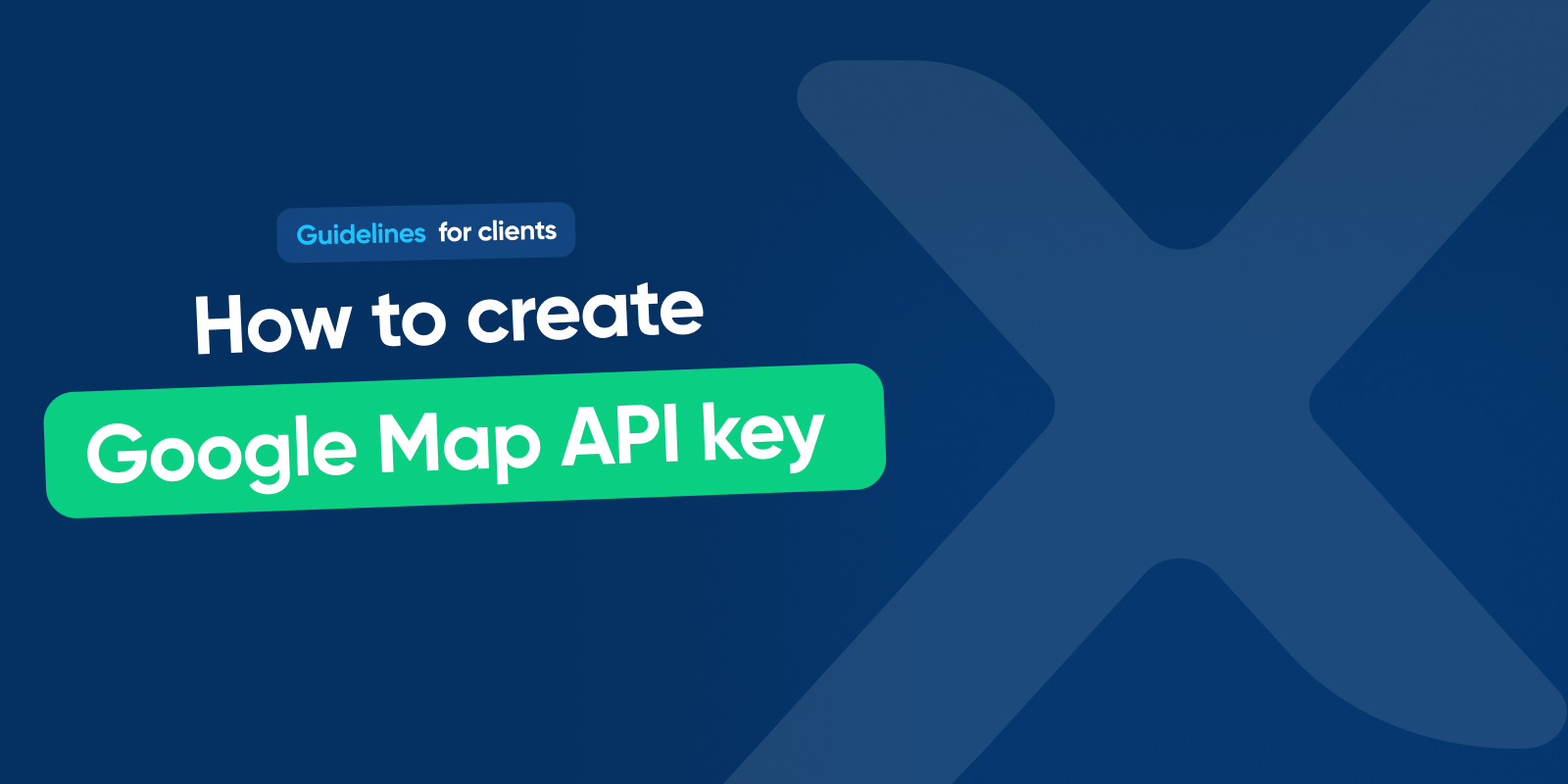
Full-stack development has become increasingly popular in recent years. With the growing demand for efficient and seamless web applications, developers are required to have expertise in both front-end and back-end development. Full-stack development frameworks provide a comprehensive set of tools and libraries to facilitate the development process and improve productivity. In this article, we will explore some of the most popular full-stack development frameworks, including MEAN and MERN stacks, and highlight their features, benefits, and drawbacks.
Understanding Full-Stack Development
Before we dive into the specific frameworks, let’s first understand what full-stack development entails. Full-stack developers are proficient in both front-end and back-end technologies, enabling them to handle both client-side and server-side development tasks. This holistic approach allows developers to create end-to-end applications that seamlessly integrate the user interface, business logic, and data layer.
A full-stack developer typically works with a combination of programming languages, frameworks, databases, and servers to build scalable and robust applications. They are responsible for designing the user interface, implementing the application’s functionality, managing server infrastructure, and maintaining the database.
Definition and Importance of Full-Stack Development
Full-stack development refers to the practice of building web applications that encompass both client-side and server-side development. This means that full-stack developers have the necessary skills and knowledge to handle various aspects of application development, from designing the user interface to managing databases and servers.
The importance of full-stack development lies in its ability to streamline the development process. By having a deep understanding of both front-end and back-end technologies, full-stack developers can effectively coordinate different components of an application and bridge the gap between the user interface and the underlying infrastructure.
Furthermore, full-stack developers are highly sought after in the job market. Their versatility and ability to work on different layers of an application make them valuable assets for companies looking to build complex and feature-rich web applications.
Key Components of Full-Stack Development
Full-stack development comprises several key components that developers should be familiar with:
- Front-end Development: This involves designing and implementing the user interface using HTML, CSS, and JavaScript. It also includes working with front-end frameworks and libraries, such as React, Angular, or Vue.js, to enhance the user experience.
- Back-end Development: Back-end development focuses on building the server-side logic of an application. This typically involves using programming languages like Python, Java, or Node.js, and frameworks like Flask, Spring Boot, or Express.js.
- Database Management: Full-stack developers need to have a good understanding of databases and how to interact with them. This includes knowledge of SQL and NoSQL databases, such as MySQL, PostgreSQL, MongoDB, or Firebase.
- Server Management: Managing server infrastructure is another crucial aspect of full-stack development. This may include deploying and configuring servers using tools like Docker or managing cloud-based platforms like AWS or Azure.
Introduction to Full-Stack Development Frameworks
What is a Development Framework?
A development framework is a collection of tools, libraries, and best practices that provide a structured approach to building applications. Frameworks typically offer reusable components, predefined code patterns, and built-in functionalities, allowing developers to accelerate the development process and focus on application-specific logic.
Benefits of Using Development Frameworks
Using a development framework offers several benefits:
- Productivity: Frameworks provide a set of ready-to-use components and libraries, reducing the amount of time and effort required to build a web application from scratch.
- Consistency: Frameworks enforce coding standards and conventions, ensuring consistency across different parts of the application and making it easier for developers to collaborate and maintain the codebase.
- Scalability: Many frameworks are designed with scalability in mind, offering features like modular architecture and load balancing, which enable applications to handle increasing amounts of traffic and data.
- Security: Frameworks often come with built-in security measures and best practices, helping developers protect against common vulnerabilities and ensuring the application’s data and infrastructure are secure.
- Community Support: Popular frameworks have large and active communities, offering resources, tutorials, and forums where developers can seek help and share knowledge.
Deep Dive into MEAN Stack
Overview of MEAN Stack
MEAN stack is a popular full-stack JavaScript framework that consists of four main components:
- MongoDB: A NoSQL database that stores and retrieves data in a JSON-like format. MongoDB offers flexibility and scalability, making it suitable for handling large amounts of data.
- Express.js: A minimalistic web application framework for Node.js that provides a robust set of features for building web applications, including routing, middleware support, and template engines.
- Angular: A powerful front-end framework maintained by Google. Angular allows developers to build dynamic and interactive user interfaces and provides a comprehensive set of tools and libraries.
- Node.js: A server-side JavaScript runtime built on Chrome’s V8 JavaScript engine. Node.js enables developers to run JavaScript on the server, allowing for efficient communication between the front-end and back-end of an application.
Pros and Cons of Using MEAN Stack
Using the MEAN stack offers several advantages:
- JavaScript Everywhere: With MEAN stack, developers can use a single language (JavaScript) for both front-end and back-end development, reducing the learning curve and simplifying the development process.
- Modularity and Reusability: MEAN stack components are modular, allowing developers to reuse code and build scalable applications that can easily accommodate changes and updates.
- Real-Time Communication: MEAN stack leverages the power of Node.js and WebSockets to enable real-time communication between the client and server, making it ideal for applications that require instant updates or notifications.
However, there are also some drawbacks to consider:
- Steep Learning Curve: Learning multiple technologies (MongoDB, Express.js, Angular, and Node.js) simultaneously can be challenging, especially for beginners.
- Complexity: MEAN stack may not be the best choice for simple or static websites, as its full capabilities are better suited for more complex and dynamic applications.
- Community Support: While MEAN stack has a vibrant community, it may not be as extensive as some other frameworks, which could limit the availability of resources and support.
Exploring MERN Stack
Understanding MERN Stack
Similar to the MEAN stack, the MERN stack is also a JavaScript-based full-stack framework that consists of four main components:
- MongoDB: The same NoSQL database used in the MEAN stack, providing flexibility and scalability for data storage.
- Express.js: Works alongside Node.js, providing a minimalist web application framework for creating server-side logic.
- React: A popular front-end library for building user interfaces. React enables developers to create reusable UI components and efficiently manage application state.
- Node.js: Serves as the server-side JavaScript runtime and enables efficient communication between the front-end and back-end.
Advantages and Disadvantages of MERN Stack
The MERN stack offers several advantages:
- Powerful Front-End: React, the front-end library of the MERN stack, provides a rich set of tools and components, making it easy to build dynamic, responsive, and interactive user interfaces.
- Code Reusability: React’s component-based architecture promotes code reusability, enabling developers to create reusable UI components that can be shared across different parts of the application.
- Large Community: React has gained significant popularity and has a large community of contributors, which means ample resources, tutorials, and support are available.
As with any framework, there are also some downsides to consider:
- Steep Learning Curve: Like the MEAN stack, the MERN stack requires developers to learn multiple technologies simultaneously, which can be time-consuming and challenging.
- Scalability: While MERN stack applications can handle moderate traffic, scaling the application to handle a large number of concurrent users might require additional effort and optimization.
- SEO Challenges: Single-page applications built with React might face some challenges with search engine optimization (SEO), as search engines traditionally favor server-rendered content.
Other Noteworthy Full-Stack Development Frameworks
LAMP Stack
The LAMP stack is a full-stack development framework that has been widely adopted by developers for many years. It consists of:
- Linux: The operating system serving as the foundation for the stack.
- Apache: A popular web server that handles HTTP requests and efficiently serves web content.
- MySQL: A relational database management system that is widely used for data storage and retrieval.
- PHP: A powerful server-side scripting language that is often used with MySQL to create dynamic web pages.
Django Stack
Django is a full-stack Python web framework known for its simplicity, versatility, and scalability. The key components of the Django stack include:
- Python: A high-level programming language that provides code readability and allows developers to build scalable and maintainable applications.
- Django: The web framework itself, which offers a wide range of features, such as URL routing, template engine, ORM, and authentication.
- Relational Database Management System: Django supports various databases, including SQLite, MySQL, PostgreSQL, and Oracle, allowing developers to choose a database that best fits their needs.
Ruby on Rails
Ruby on Rails (often referred to as Rails) is a popular full-stack web framework written in Ruby. It follows the Model-View-Controller (MVC) architecture and includes the following components:
- Ruby: A dynamic, object-oriented programming language known for its simplicity and readability.
- Rails: The web framework itself, which provides a convention-over-configuration approach and supports rapid development through code generation and automated testing.
- Database Management System: Rails supports various databases, including MySQL, PostgreSQL, SQLite, and Oracle, allowing developers to choose the most suitable option for their application.
These are just a few examples of full-stack development frameworks. Each framework has its own unique features, advantages, and limitations. The choice of framework depends on various factors, such as project requirements, development team’s expertise, and scalability needs.
In conclusion, full-stack development frameworks significantly simplify the process of building complex web applications by providing a structured approach, ready-to-use components, and community support. MEAN, MERN, LAMP, Django, and Ruby on Rails are among the most popular choices, offering different combinations of technologies tailored to specific needs. As technology continues to evolve, new frameworks and tools will undoubtedly emerge, providing even more options for developers to explore and enhance their full-stack development journey.


